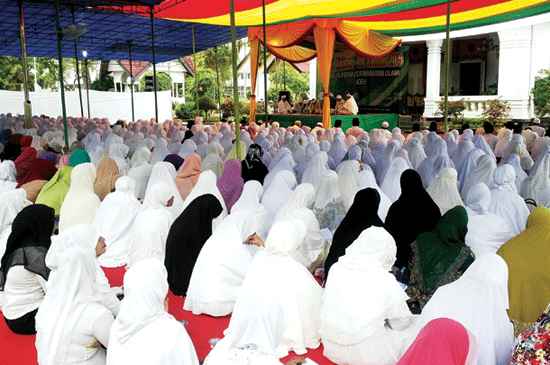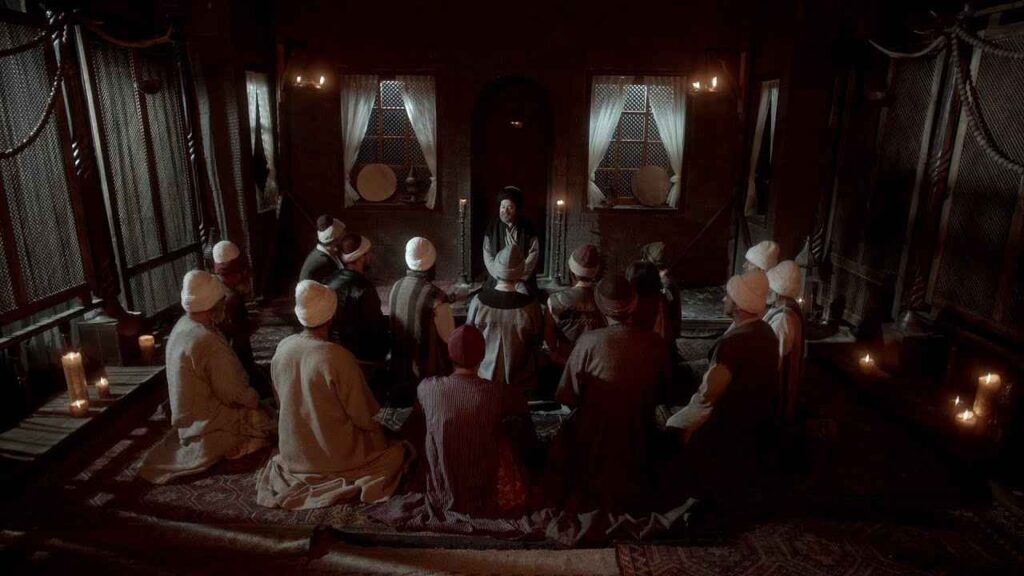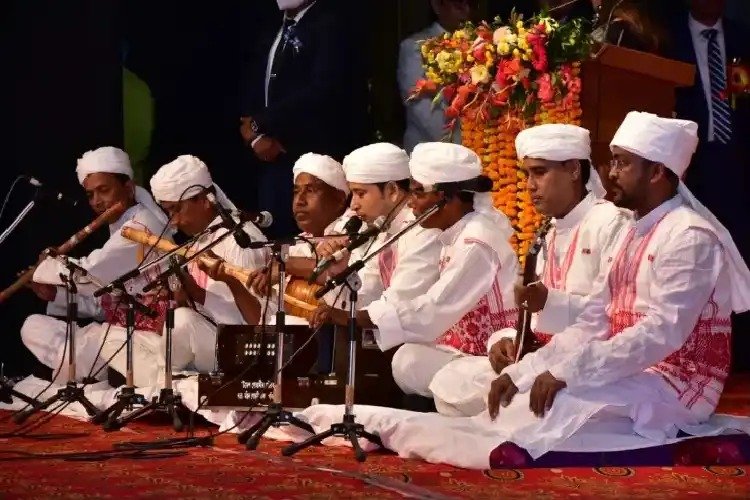Introduction
Assam, nestled in the northeastern part of India, boasts a vibrant tapestry of traditions, languages, and music. Among its diverse musical genres, Zikir and Zari hold a special place. These devotional songs are deeply intertwined with the spiritual and cultural fabric of the Assamese Muslim community.
Understanding Zikir and Zari

Zikir and Zari are ancient spiritual practices rooted in Islamic tradition, each carrying unique significance in worship and daily life.
1. Zikir: The Melody of Devotion
- Definition:
- Zikir, derived from the Arabic word “dhikr,” refers to devotional chanting.
- It celebrates the oneness of God (Allah) and fosters spiritual connection.
- Characteristics:
- Sung in gatherings, often accompanied by rhythmic clapping or drum beats.
- Lyrics emphasize praise, blessings, and devotion.
2. Zari: Narrating Tragedy
- Definition:
- Zari songs recount historical events, particularly the Karbala tragedy.
- They evoke deep emotions and honor the martyrdom of Imam Hussain.
- Emotional Impact:
- Zari performances include dramatic storytelling, invoking empathy.
Musical Elements
- Melody:
- Both Zikir and Zari share similar melodic patterns.
- The tunes are soulful, invoking a sense of devotion and introspection.
- Vocalists infuse their renditions with heartfelt expressions, creating a powerful impact.
- Instruments:
- Traditional instruments accompany these songs:
- Dhol (Drum): Provides rhythmic beats, enhancing the spiritual experience.
- Dotara (Stringed Instrument): Adds depth to the melodies.
- Ektara (Single-Stringed Instrument): Contributes to the overall sound.
- Traditional instruments accompany these songs:
- Spiritual Connection:
- Zikir and Zari songs serve as a bridge between the earthly and the divine.
- Participants feel connected to their faith and heritage through these musical expressions.
Cultural Significance

- Unity and Harmony:
- Zikir and Zari gatherings bring people together, transcending linguistic and cultural boundaries.
- Participants join hands, celebrating their shared faith and heritage.
- Preserving Oral Tradition:
- These songs have been passed down orally through generations.
- Elders teach the younger ones, ensuring the continuity of this rich tradition.
Assamese Zikir and Zari resonate beyond religious boundaries, evoking spirituality, cultural pride, and a sense of belonging.
Contemporary Expressions
- Adaptations:
- Artistic Blending:
- Contemporary artists skillfully blend Zikir and Zari with modern musical elements.
- They infuse electronic beats, creating a bridge between tradition and innovation.
- Fusion Performances:
- Fusion concerts and performances showcase the harmonious marriage of old and new.
- These adaptations honor the past while embracing the present.
- Artistic Blending:
- Revival Efforts:
- Cultural Organizations:
- Dedicated cultural organizations actively promote and preserve Zikir and Zari.
- Workshops, concerts, and recordings contribute to their revival.
- These efforts ensure that these beautiful traditions continue to thrive.
- Cultural Organizations:
Conclusion
In conclusion, Assamese Zikir and Zari stand as emblematic expressions of cultural richness and spiritual devotion deeply ingrained in the fabric of Assamese heritage.
Zikir, with its rhythmic chants and devout remembrance of the divine, serves as a soulful practice connecting individuals to their faith and community. It echoes through the ages, embodying the essence of Assamese spirituality and offering solace, inspiration, and unity to those who partake in its sacred recitations.
On the other hand, Assamese Zari, with its intricate craftsmanship and ornate designs, represents a fusion of artistic finesse and cultural identity. From traditional garments to ceremonial adornments, Zari work adorns the tapestry of Assamese life, symbolizing elegance, tradition, and a deep-rooted appreciation for aesthetic beauty.
Together, Assamese Zikir and Zari form a harmonious symphony of spiritual devotion and artistic expression, enriching the cultural landscape of Assam and embodying the essence of its people’s beliefs, values, and creativity. They serve as timeless reminders of the resilience, diversity, and vibrancy of Assamese culture, inviting all to explore, appreciate, and celebrate the treasures nestled within its traditions.












